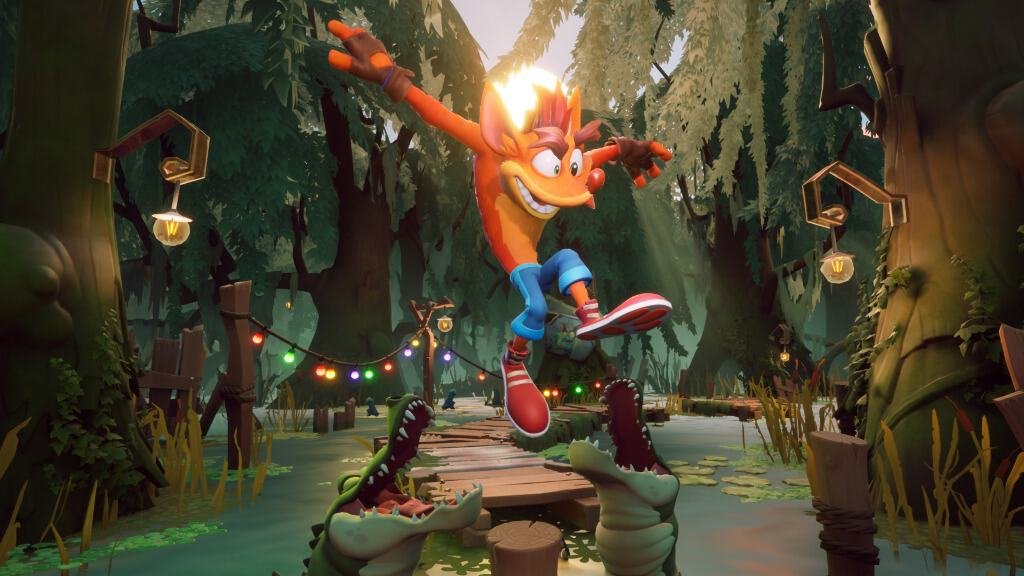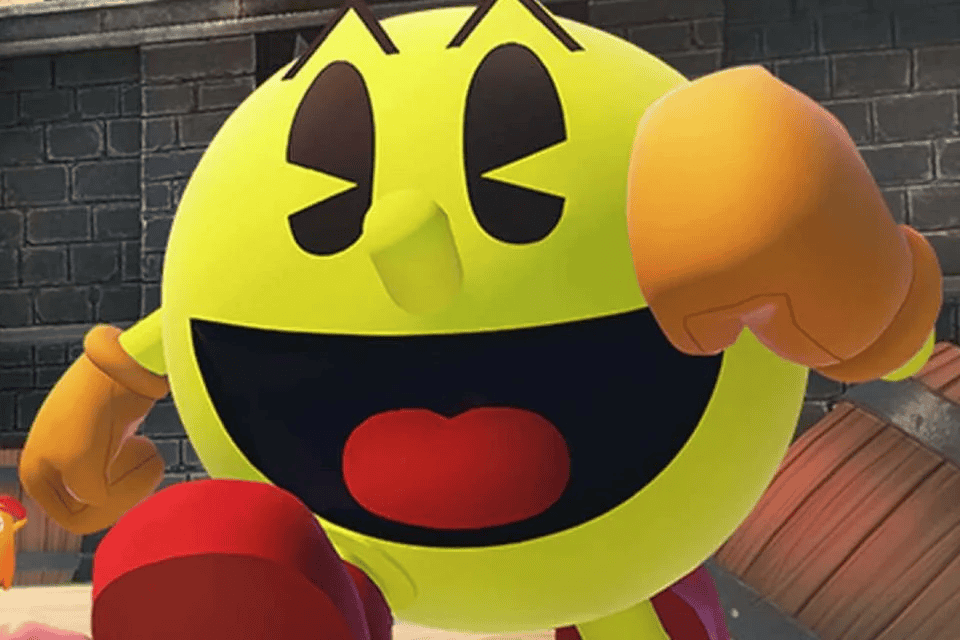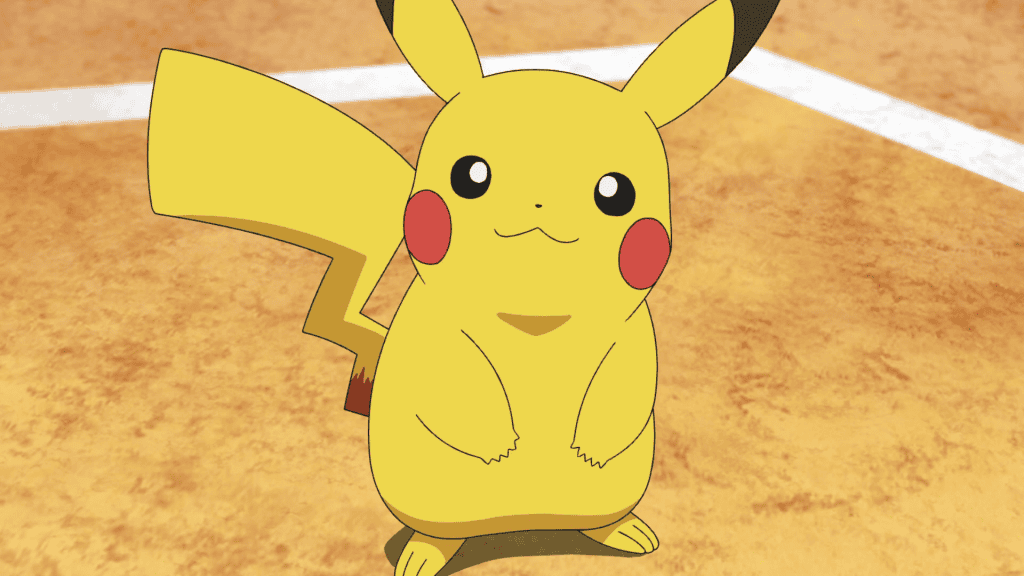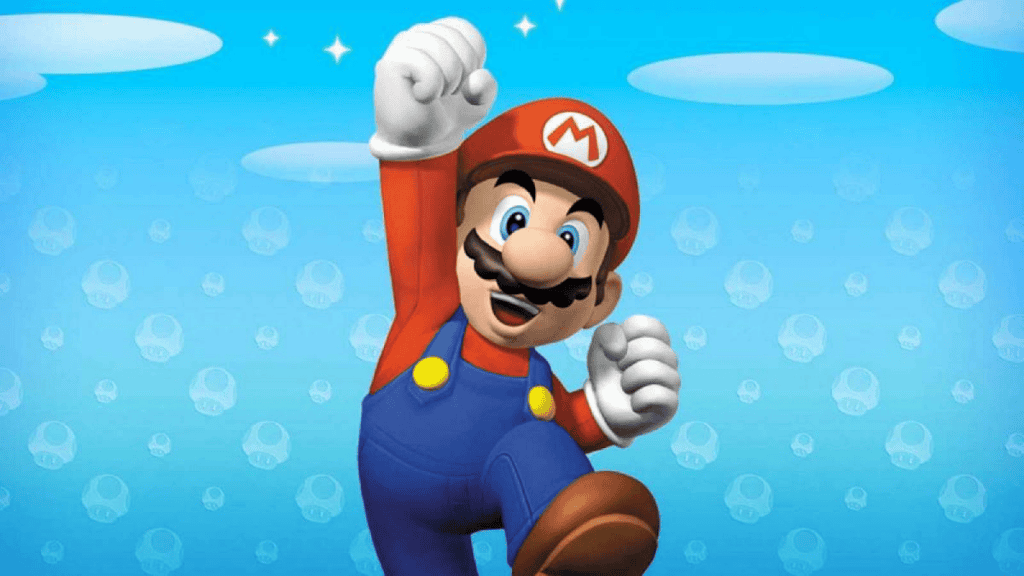Video games have a rich history that intertwines with pop culture, and over the decades some figures have stood out as true icons. These characters not only represent their respective franchises, but also became symbols of the game industry. In this list, we will explore the origin and history of five of the greatest games of the games!
What is a mascot in games?
A gaming mascot is an iconic character that represents a specific franchise, company or game in the video game industry. These charismatic and striking design characters have become recognizable symbols around the world, transcending their origin in games to become part of pop culture.
These mascots not only personify the characteristics and values of their respective franchises, but also attract new players with their lovely appearance and captivating personality. They are fundamental to the identity and marketing of a game, appearing in a variety of products and media.
The biggest gaming mascots
Crash bandicoot

Crash Bandicoot was created by Naughty Dog and first released in 1996 for PlayStation. The character, an anthropomorphic bandicot, was conceived as a response to the need for a mascot that could rival Mario and Sonic’s success. The initial idea was to create a character that was charismatic and easily recognizable, and Crash stood out for its vibrant design and playful personality.
Crash’s story revolves around his adventures on a tropical island, where he fights against the evil Dr. Neo Cortex, who seeks to dominate the world. The original game was an instant hit, praised for its innovative gameplay and impressive graphics for the time. Over time, the franchise has expanded to include sequences, spin-offs and even a lively series.
Also read:
Pac-man

Pac-Man, created by Toru Iwatani and released by Namco in 1980, is one of the most iconic characters in history, not only one of the greatest games of games, but being used as a synonym for video game. The concept behind Pac-Man was simple: a yellow circle that devours points in a maze while chased by ghosts. The game is designed to attract a wider audience, including women, who were under-tiled at the time.
The origin of Pac-Man is interesting; Iwatani was inspired by a pizza with a missing slice that turned into the character’s form. The game has become a cultural phenomenon, generating a series of products, including toys, clothes and even an lively series.
Pikachu

Pikachu is the mascot of the Pokémon franchise, which was created by the game Freak and released by Nintendo in 1996. The character is a small electric Pokémon that became a symbol of the series and pop culture in general. Pikachu’s choice as a mascot was strategic; His lovely and friendly appearance made him easily identifiable and attractive for children and adults.
Much of Pikachu’s popularity as a mascot is due to the anime of Pokémon, as the story of the yellow mouse is intertwined with that of coach Ash Ketchum, who seeks to become a Master Pokémon. Together they face challenges and battles, promoting the message of friendship and overcoming. The success of the anime, games and movies made Pikachu a global icon, being recognized worldwide.
Sonic

Sonic, the blue hedgehog created by Sega, made his debut in 1991. The character was developed as a direct response to Mario’s success and was designed to be fast, cool and full of attitude. The idea was to create a mascot that could represent Sega and attract a younger audience.
Sonic’s story revolves around his struggle against Dr. Robotnik (also known as Dr. Eggman), who seeks to dominate the world with his machines. The original game was a smash hit, featuring a quick and innovative gameplay that became the trademark of the series.
Sonic quickly became an icon of game culture, generating a series of sequences, spin-offs and even a lively series and movies. The character stood out for his bold personality and his motto “Gotta Go Fast” and quickly became not only one of the biggest mascots of the games, but practically a synonym for fast games.
Super Mario

Super Mario, created by Shigeru Miyamoto and released by Nintendo in 1985, is undoubtedly the biggest mascot of games. Mario is an Italian plumber who embarks on adventures to rescue Princess Peach from villain Bowser. The character’s design was inspired by technical limitations of the time, but its simple and charismatic appearance has become a symbol of Nintendo.
The Mario franchise has revolutionized the game industry, establishing new patterns for platform games. The first game, “Super Mario Bros.”, is considered one of the best games of all time and helped popularize video games at home.
Mario is not just a character; It is a cultural icon that transcended the games. The franchise has generated a multitude of sequences, spin-offs and products, including movies, animated series and goods.
These five mascots are not just game characters; They represent the evolution of the game industry and its influence on pop culture. Each has a rich story and a legacy that continues to impact players of all ages. From Crash Bandicoot to Super Mario, these icons are testimonials of the power of video games and how they have become an integral part of modern life.